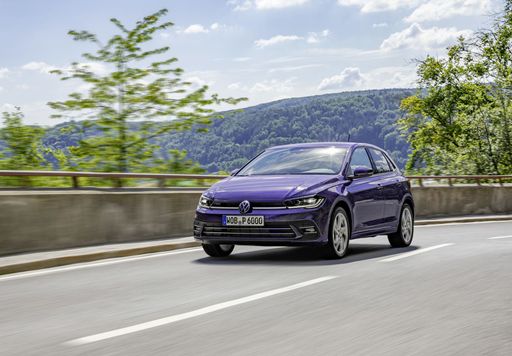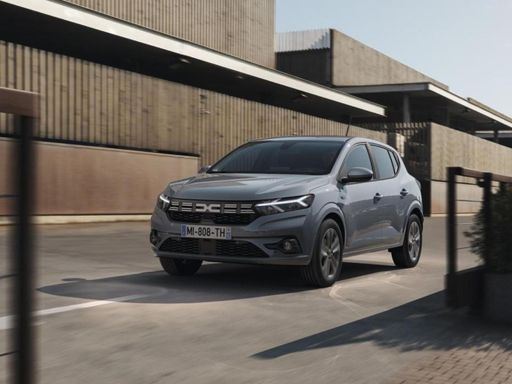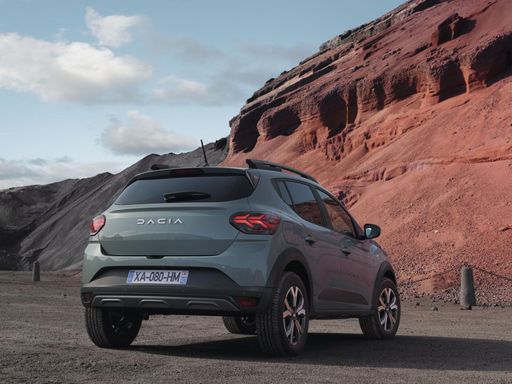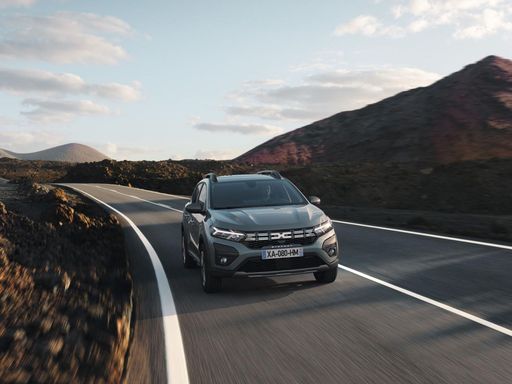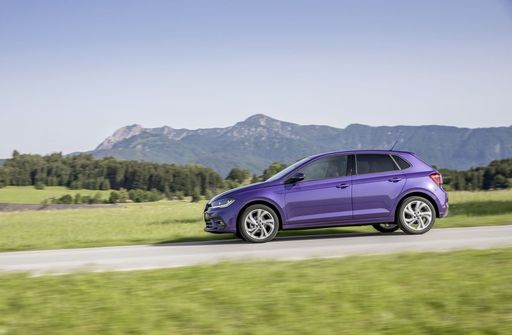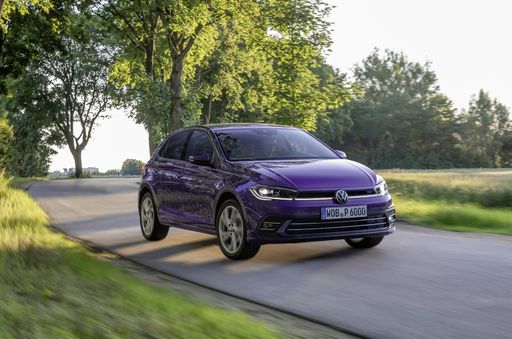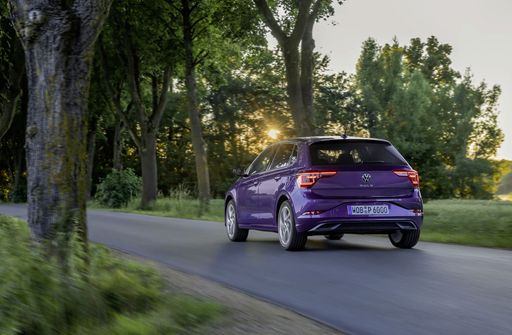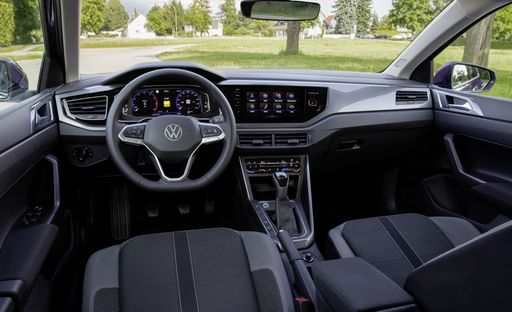Head-to-Head: Dacia Sandero VS VW Polo
In the ever-competitive world of hatchbacks, the 2024 models of Dacia Sandero and VW Polo stand out with their unique offerings. Both models have been staples in their respective segments, offering compelling features for drivers looking for practicality coupled with modernity.

